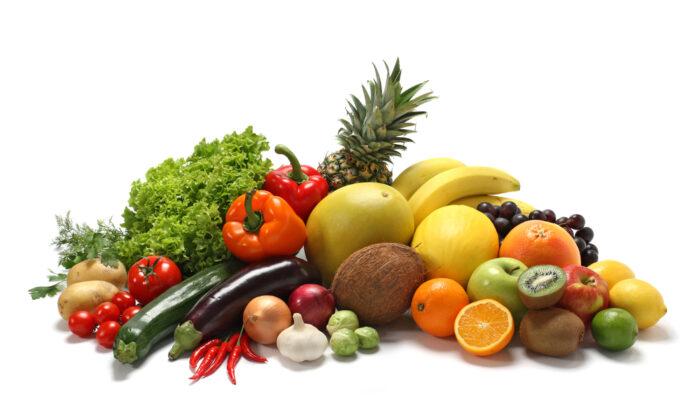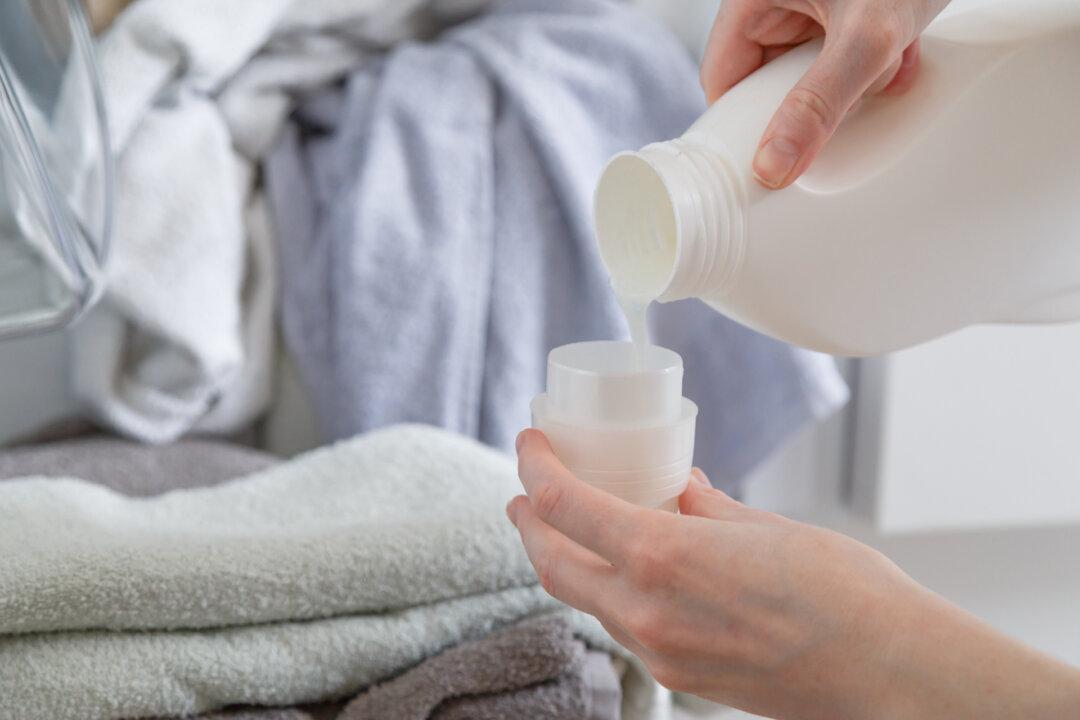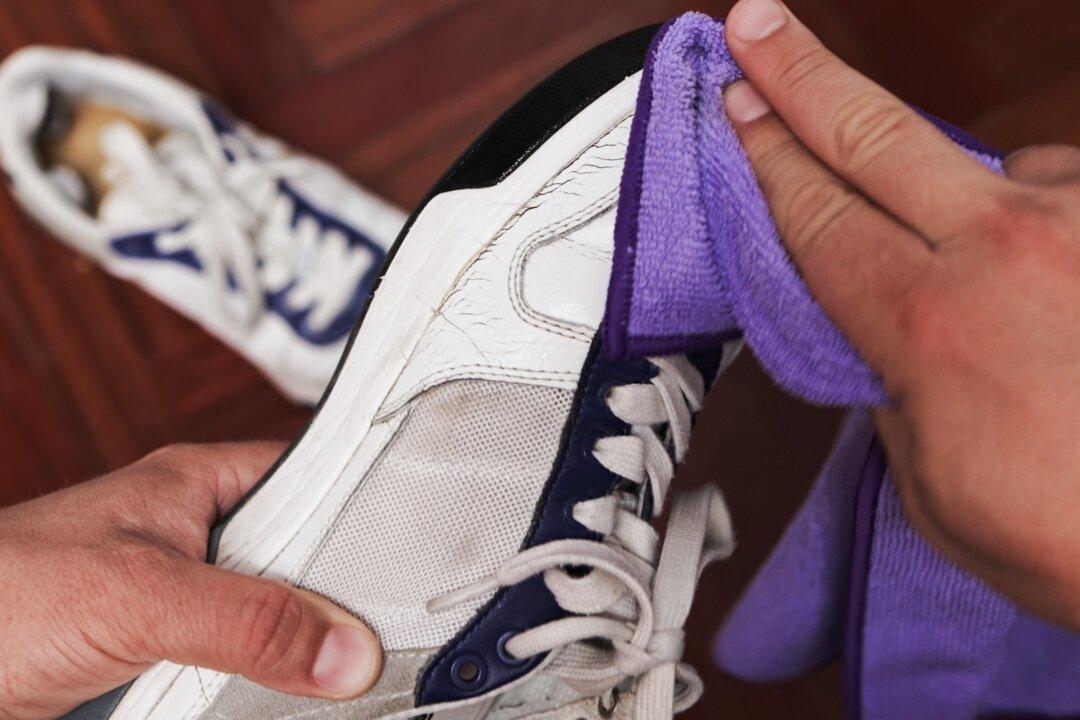Dear Mary: What is the best way to wash fresh fruits and vegetables to assure they are safe and clean? —Sherry
Dear Sherry: While it’s tempting to eat fresh produce straight out of the grocery bag, I don’t think that’s a good idea. Commercial produce sanitation may be up to speed with excellent guidelines and good oversight, but let’s just say I don’t trust the produce handling practices of consumers. That bunch of grapes has likely been touched by many hands before it landed in my cart—unwashed hands!
I’m simply not comfortable with just running my produce under cold water, per the FDA’s recommendations to “gently rub produce while holding under plain running water. There’s no need to use soap or a produce wash.”
If you’re with me on that, consider making your own fruit and veggie wash to loosen debris, remove pesticides, and eliminate some of the bacteria that other grocery shoppers may have passed on to your produce.
Although buying commercial products to do this might sound great, because it’s convenient, you should check the ingredients and the price. You’re likely to find an ironically high number of chemicals with a price tag to match. Mixing up your own fruit and vegetable wash is not only cheap—it’s ridiculously easy. And you'll know exactly what’s in it.
Fruit and Vegetable Wash
- 1 cup cold tap water
1/3 cup white vinegar
2 tablespoons lemon juice
Mix these ingredients together, and pour them into a spray bottle. Spray your produce two to three times. Let it rest for two minutes, and then rinse it off with cold, running tap water before consuming. This recipe multiplies and stores well.
As reported by Serena Styles from SF Gate Magazine: “According to Colorado State University, blending lemon juice with the vinegar mixture makes it more effective by increasing the acidity. This can help kill a greater number of bacteria, including E. coli. Washing berries with a vinegar solution offers additional benefits—it prevents them from molding within a few days of purchase.”
Dear Mary: I was alarmed when Bank of America charged me a $10 fee for the $100 they put into my account to cover an overdraft. I remember when this fee was $1. I am determined to be more careful in the future, so I don’t use overdraft protection. I paid $10 to borrow $100. What APR does that represent? —Diann B.
Dear Diann: If you paid back the $100 plus $10 “interest” within 30 days, your APR equivalent was 120 percent. However, if you allowed that $100 to be added to a revolving overdraft protection account and paid it in monthly payments at 18 percent or more on top of the 120 percent, then the equivalent rate climbed astronomically. This was an expensive lesson and one I’m sure you will not need to learn again!
Dear Mary: Several years ago, I began following your advice to use cash, not credit or debit cards for day-to-day purchases. On paydays, I stop at the bank and withdraw enough cash to last until the next payday. I then challenge myself to have some of that money left over in my wallet. The leftover goes into a bank at home.
I just want to thank you, because this has really worked well for me. I am way ahead of the game. I still don’t use debit cards for purchases—only cash. I feel like I have won, and it’s all because of a lesson learned from you several years ago. Keep up the good work. We’re still listening! —Carol
Dear Carol: You made my day with your note. I am very proud of you. You'll never regret the effort it takes to live below your means to stay out of debt.






Friends Read Free